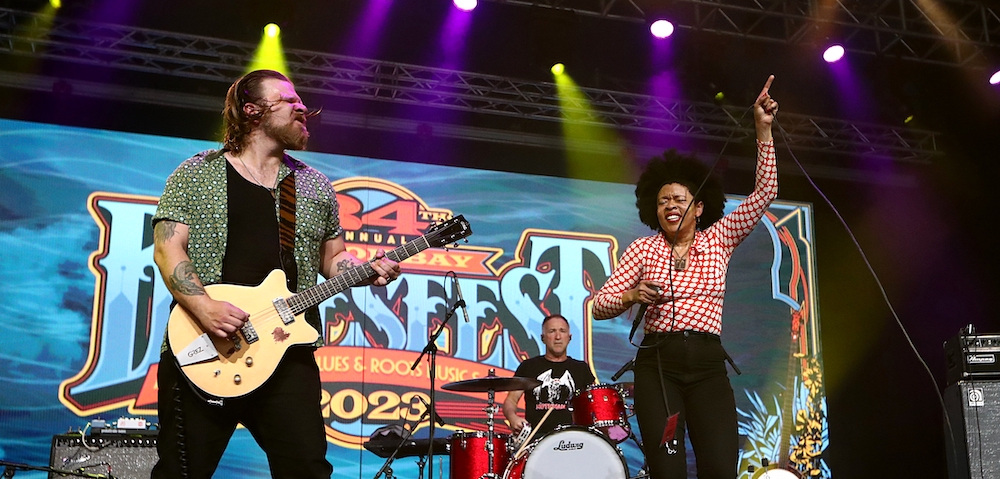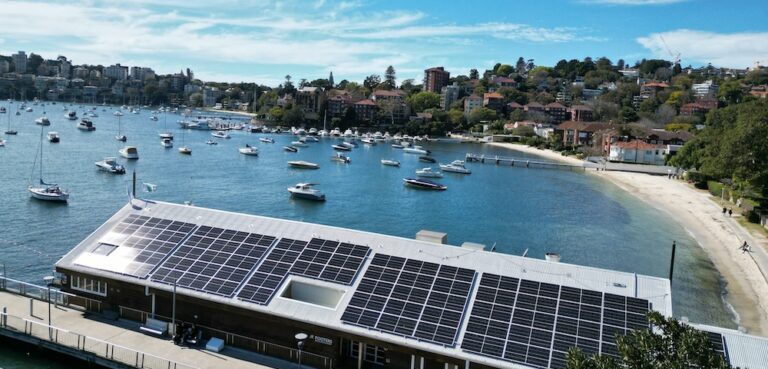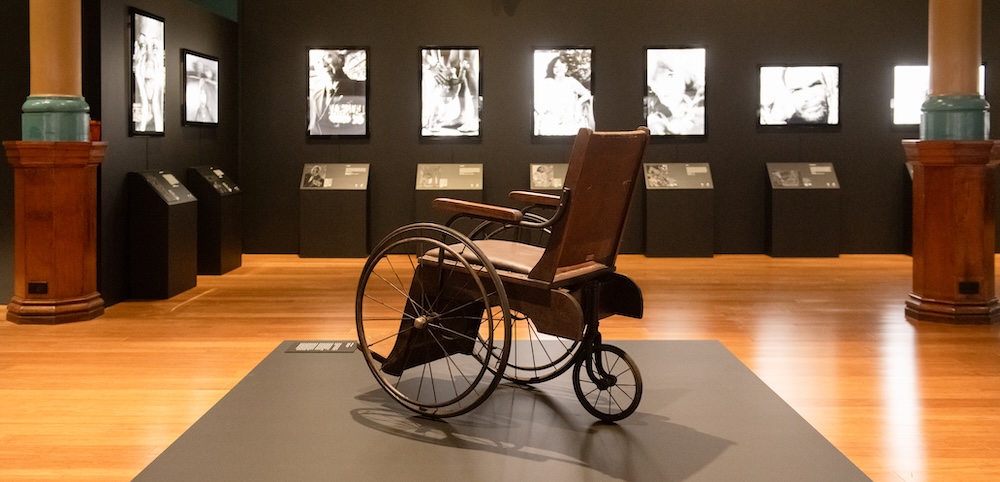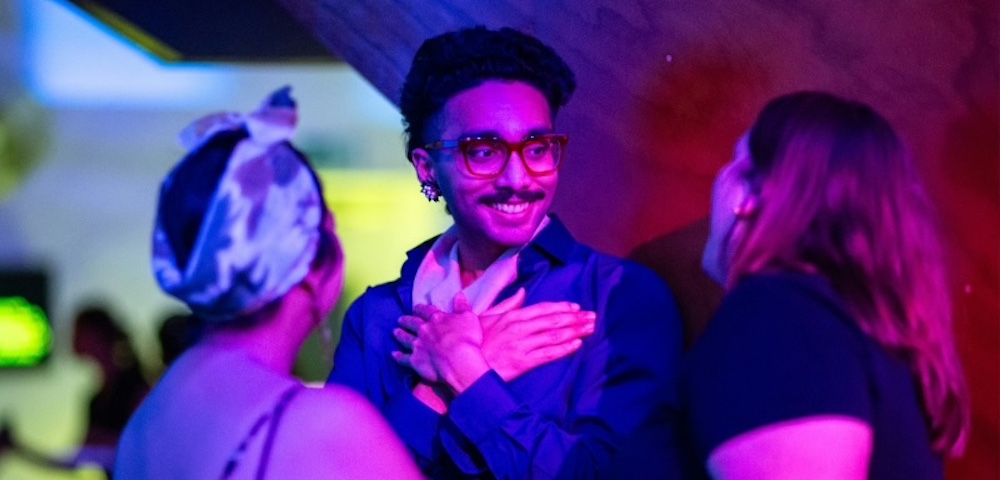
New Hearing Highlights Major Issues Australia’s Live Music Industry Faces

Australia’s live music industry is a vital cultural force, but it’s struggling under mounting pressures. At a hearing by the House of Representatives’ Standing Committee on Communications and the Arts on Thursday 17 October, industry experts like Century COO Sam Nardo, music industry consultant Paul Mason, and festival directors and organisers like Byron Bay’s BluesFest‘s Peter Noble came together to discuss the ongoing issues facing live music venues and festivals.
The hearing, which is one of the ongoing hearings hosted by the Standing Committee, hosted roundtable about music festivals – from small community events to large self-sustaining multi-day festivals like BluesFest – and youth music.
Brian Mitchell MP, who chairs the committee, said previous to the event that ‘the Committee looks forward to delving into the issues that have impacted iconic Australian festivals such as BluesFest’.
While the state government has already made some moves improve the situation, the hearing has shown rising costs, underinvestment, and corporate dominance are threatening the industry’s sustainability – prompting calls for immediate action.
Rising Costs and Venue Sustainability
One of the major obstacles facing live music venues is the soaring cost of doing business.
As Nardo highlighted, insurance premiums are through the roof, and real estate prices are forcing smaller venues to close. Many venues operate on slim margins, and owners often take a large cut of revenue, further diminishing profitability.
Without sustained investment in these smaller venues, the sector risks shrinking further, losing essential spaces for emerging artists.
“If you have audiences, you’ll have venues,” Nardo emphasised, suggesting that the best way to keep venues alive is through audience-building programs.
Developing a strong, dedicated audience base can help struggling venues survive. Free events that grow into ticketed ones and youth engagement initiatives—like those run by The Push in Victoria—are crucial for cultivating the next generation of concertgoers.
“We look at the activities that kids are doing and it’s mostly digital and gaming. For kids that don’t have parents connected to live music, it’s just not part of their daily and cultural life. It’s important for kids to come in and see the theatre and have that connection. More of that in the syllabus and support for public schools is incredibly important,” said Nardo.
Corporate dominance in Australia’s live music industry
The rise of large corporate entities controlling venues was another pressing concern.
As smaller venues struggle with financial pressures, bigger players are stepping in, threatening the diversity of the live music landscape. Once a venue hits a capacity of around 1,500, it becomes more financially viable. However, smaller venues cannot compete on this scale, creating a monopoly that limits both artist opportunities and audience choice.
Without intervention, the future of the live music industry could become dominated by a few major corporations, limiting the opportunities for grassroots artists and venues.
Nardo warned that a more monopolised industry will erode the variety that is critical to Australia’s live music scene.
The artist’s struggle: low incomes and underinvestment
Paul Mason shared stark statistics that further illuminated the challenges.
In 2023, the gross revenue for contemporary music concerts in Australia was a staggering $1.4 billion, with festivals contributing $350 million.
Despite these impressive figures, artists themselves are seeing very little of the wealth generated.
Mason pointed out that the average income for musicians is often below the minimum wage, and in many cases, it doesn’t even meet the Australian Tax Office’s threshold for a taxable income—more akin to a hobby than a profession.
Mason highlighted a crucial issue: lack of consistent investment in artists.
While there are government programs like the newly created Music Australia, he argued that the current system still leaves artists “last in line for payment.”
He emphasised the need for direct support through fellowships, proposing a simple, yet transformative solution: a guaranteed income for artists for two years. This model would not only benefit the musicians but also the broader ecosystem, creating work for others in the industry, such as managers and promoters.
Another critical issue raised by Mason was the absence of consistent, long-term research on the industry. While there are occasional studies, Mason called for more robust and continuous analysis to better inform decisions on where to direct investment and resources.
Is there a path forward for Australia’s live music industry?
The challenges facing Australia’s live music industry are significant, from rising costs to corporate consolidation. However, with targeted solutions like direct artist support, tax incentives for venues, and robust audience development programs, the sector can thrive once again.
As Mason put it, ensuring that the industry invests in its artists and regularly tracks its progress is key to revitalizing live music in Australia, from small venues to iconic festivals like BluesFest.









